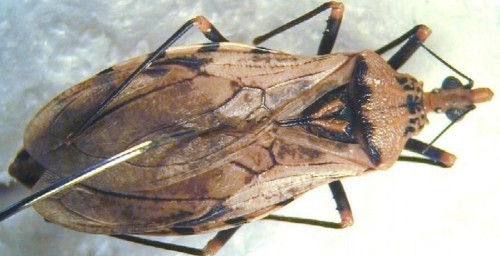Size and shape computation from your digitisation data.
Input:
Data for characterisation are always RAW COORDINATES, except if “OTHER” has been selected
If “OTHER” has been selected, data are linear measurements between anatomical landmarks.
Remark: “raw coordinates” are the coordinates as saved after a digitisation session by XYOM.
Output:
For each individual, characterisation analyses provide:
- A GLOBAL SIZE ESTIMATOR
- centroid size (CS), if from landmarks (LM),
- perimeter (PER) or square root area (ARE), if from pseudolandmarks (outlines)
- “log-size” if data are “OTHER” (linear measurements between LM)
- A number of SHAPE DESCRIPTORS
- Orthogonal Projections (ORP) of aligned specimens, if from landmarks,
- Normalized Elliptic Fourier coefficients (NEF). if from pseudolandmarks (outlines)
- Log-Shape-Ratios (LSR) if data are linear measurements between anatomical points (traditional morphometrics). See: Mosimann JE (1970) Size allometry: size and shape variables with characterizations of the lognormal and generalized gamma distributions. J Am Stat Assoc 65:930–945.
If Input = raw coordinates of anatomical LANDMARKS (LM)
or
If Input = raw coordinates of LM + SL (semilandmarks)
ANALYSES
- GPA (Generalized Procrustes Analysis)
- PCA (Principal component analysis) using (automatically) as input the rotated specimens after orthogonal projection (ORP)
- DA (Discriminant analysis) using (automatically) as input the principal components (PC) of the ORP.
OUTPUT
- Reports
- Graphics
- GPA Cuantile boxes for centroid size
- Raw, Translated, Scaled, and Rotated landmarks
- Mean objects (rotated landmarks averaged by groups)
- PCA, DA Factor map of the two first multivariate variables.
- Files (from folder …_ANALYSES_landmarks_SUBDIVISION_…)
- Raw coordinates of landmarks (landmarks.txt)
- Centroid size (…- CS.txt)
- Rotated (or aligned) specimens (… – ROTATED.txt)
- Orthogonal Projection of aligned specimens (… – ORP.txt)
- Principal components of ORP (… – PC.txt)
- Euclidean distances between PCs (… – ED.txt)
- Discriminant analysis of PC, discriminant factors (… – DF.txt)
- Mahalanobis distances (… – Mahalanobis distances – .txt)
If Input = raw coordinates of pseudoLANDMARKS (outlines)
ANALYSES
- EFA (Elliptic Fourier analysis), which generates two important outputs for subsequent analyses:
- (1) … – EST_OUTL.txt, the estimated coordinates after EFA
- (2) …- the Normalized Elliptic Fourier coefficients (… – NEF.txt).
- GPA, which is automatically applied on … – EST_OUTL.txt for graphical outputs
- PCA, automatically using as input the … – NEF.txt data
- DA, automatically using as input the principal components of NEF (… – PCs.txt).
OUTPUT
- Reports
- Graphics:
- Graphical comparison of outlines, using estimated outlines (…_EST_OUTL.txt)
- Usual graphics after GPA
- Especially: Mean objects (rotated landmarks averaged by groups)
- EFA (…_PER.txt): Quantile boxes for perimeter
- EFA (…PC.txt on NEF)PCA, DA: Factor map of the two first PC.
- EFA (…DF.txt from …PC.txt): Factor map of the two first DF.
- Graphical comparison of outlines, using estimated outlines (…_EST_OUTL.txt)
- Files (from folder: _ANALYSES_outlines_SUBDIVISION_…)
- Coordinates of pseudolandmarks (outlines.txt)
- Perimeter (… – PER.txt)
- Square Root area (… – ARE.txt)
- Estimated coordinates after EFA (… – EST_OUTL.txt)
- (Centroid sizes)
- (ROTATED)
- (ORP)
- Normalized Elliptic Fourier Coefficients (… – NEF.txt)
- Principal components (of NEF) (… – PCs.txt)
- Euclidean distances between principal components (… – ED.txt)
If Input = linear measurements between landmarks (traditional morphometrics)
ANALYSES
- Log transformation -> log-data = log(1+ data)
- log-size of specimen x -> average of log-transformed characters describing x
- log-shape-ratios (LSR) -> centered log-data
- PC of logShape Ratios <- last PC = 0 removed.
OUTPUT
- Files
- shape variables (PCs of LSR))
- global size estimate (log-size)
